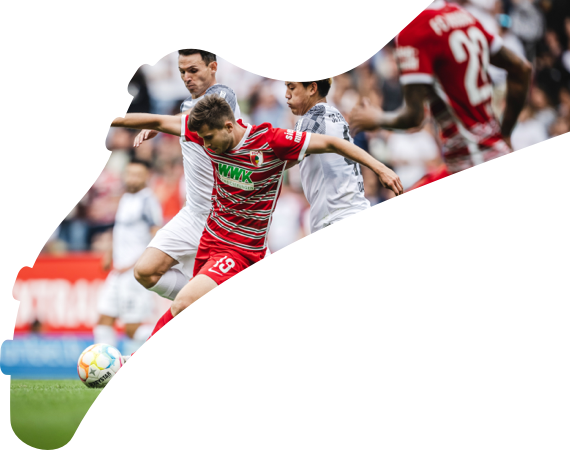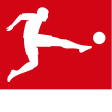
Yellow-black changes to the city of Dortmund
Dortmund - Where once there was the Kaiserstuhl now stands the Signal Iduna Park, while former breweries have morphed into BVB fan shops. Dortmund, a city in the past predominantly defined by its production of steel, coal and beer, has undergone severe structural changes over the years, and there is little doubt it's biggest football club has heavily influenced the development.
Industry giving way for BVB
Tens of thousands of fans will be flocking to the Bundesliga showdown against FC Bayern München on Saturday and many heading west are likely to take the motorway in order to grab a glimpse of one of Dortmund's most famed landmarks: BVB's Signa Iduna Park.
Sticking out with its sky-high yellow pylons, Germany's largest football stadium, boasting a capacity of 80,645, imposes itself on the Dortmund skyline. A temple of belief and joy to the BVB faithful, the stadium, formerly known as the Westfalenstadion and located by the Florian Tower and the Westfalenhalle, stands out as one of Dortmund's main attractions.
For decades, however, it was raw materials rather than the city's most-loved football club that determined the city of Dortmund's appearance. A working-class town where large numbers found emplyoment in coal mining and steel production, the scenery was dominated by the industry. Today though, numerous companies such as the Hoesch AG, once one of the leading steel companies in the region, have been sold, dismantled and relocated to abroad.
Lake Phoenix providing Dortmund stars new homes
Numerous sites formerly used to further Dortmund's industrial nature have in the meantime been turned into residential and recreational areas. Just south of the Signal Iduna Park, for example, in the district of Hörde the artificial lake Phoenix has been created and properties been built, where several Dortmund stars have found their new homes.
Further east, there's equally been a facelift, though of a different kind. The suburb of Brackel once hosted the British Rhine army on the Hohenbuschei compound, but the last soldiers withdrew in 1995, the year that Borussia Dortmund won their first Bundesliga championship in 32 years. The latest plans have outlined the construction of three new theme parks and 960 residential units on 31 hectares in the coming years.
Investments into youth football
Hohenbuschei also happens to be where Borussia Dortmund's training ground is situated. The 18 hectare multi-functional complex was completed for the 2006 FIFA World Cup and has since laid the foundation for both the professional and the amateur players' match preparations. Furthermore the 1997 European champions are currently in the process of building a housing complex for the club's youth players.
BVB influence stretches far beyond their training ground though. Where once huge beer breweries such as Brinkhoff, Union or Ritter set the tone, a smattering of club fanshops have emerged, leading to the five-time Bundesliga champs becoming the city's biggest export. Its best-known store is located at the Borussia offices, just by the bustling B1 motorway, in the same multi-story building that hosts the Schwarz-Gelbe officials and most their staff.
New focal point for BVB fans
With Borussia Dortmund garnering an undeniable popularity in its home town, it seems likely the club will keep imposing its colours onto the west German city. Near the Signal Iduna Park, where the club's Borusseum museum is situated, BVB are currently building a new service centre set to be finished in 2015. If things go to plan, the BVB faithful will soon have a new 2,000 square meter focal point, giving even more people the chance to get a feel for life in black and yellow.
Dietmar Nolte


